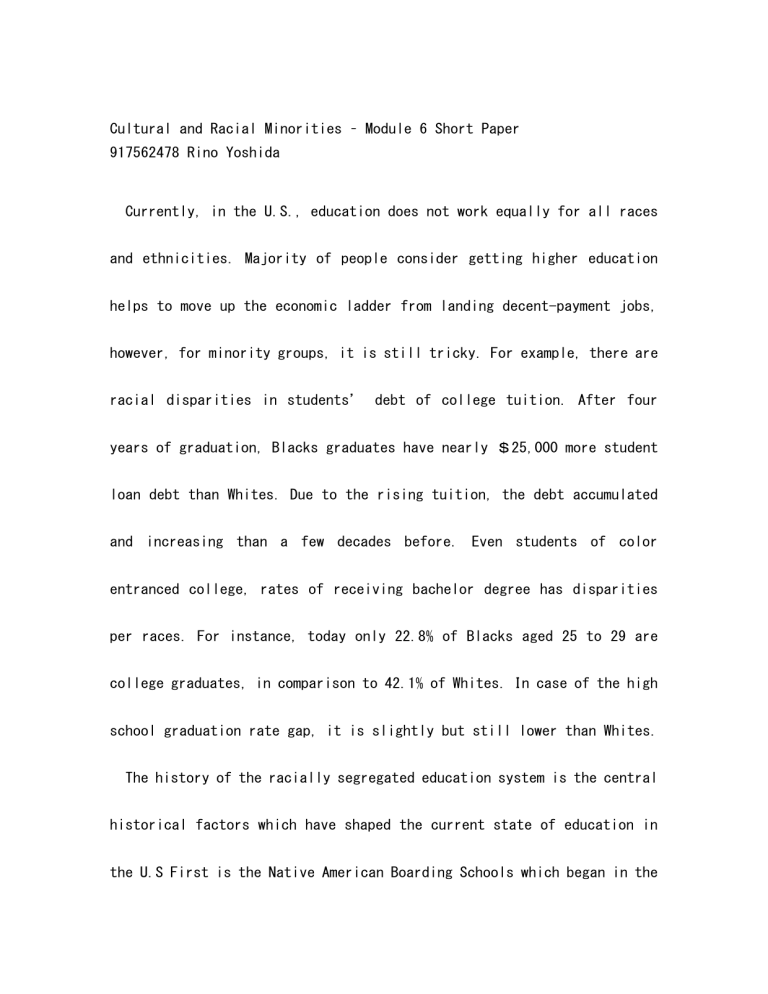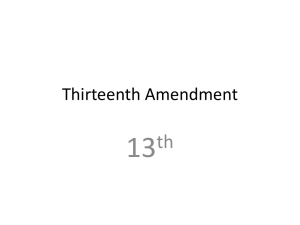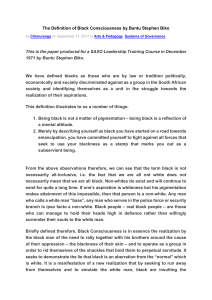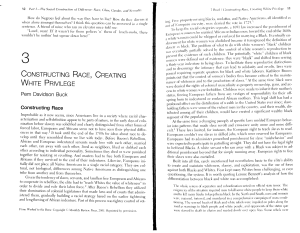
Cultural and Racial Minorities – Module 6 Short Paper 917562478 Rino Yoshida Currently, in the U.S., education does not work equally for all races and ethnicities. Majority of people consider getting higher education helps to move up the economic ladder from landing decent-payment jobs, however, for minority groups, it is still tricky. For example, there are racial disparities in students’ debt of college tuition. After four years of graduation, Blacks graduates have nearly $25,000 more student loan debt than Whites. Due to the rising tuition, the debt accumulated and increasing than a few decades before. Even students of color entranced college, rates of receiving bachelor degree has disparities per races. For instance, today only 22.8% of Blacks aged 25 to 29 are college graduates, in comparison to 42.1% of Whites. In case of the high school graduation rate gap, it is slightly but still lower than Whites. The history of the racially segregated education system is the central historical factors which have shaped the current state of education in the U.S First is the Native American Boarding Schools which began in the 1870s. Under the school system, they were educated as part of the “civilization” which means rub those indigenous culture from them and eliminate it. Even though it ended in the 1950s, the long-term effects inflict that Native American have the lowest educational attainment rates of any group in the U.S. Second is on the Jim Crow Law era; Blacks were separated from but supposedly equal to schools for Whites. The goal was to keep Blacks in limited skills to be the urban labor in the industrialized market. These inequitable school systems lasted for 100 years and inflicted on rationalize Blacks to segregate and keep them in lower economic stratification. I think the contemporary pattern of educational inequality cannot be explained by culture differences per racial groups, but by the place they got an education, in short, their environment affects most. Schools for the student of color had significantly fewer access to high quality of education including facilities than that of Whites. Many minorities and economically disadvantaged students are located in property-poor urban districts which are worst in educational expenditures. Thus, it means that educational attainment cannot be explained by the culture, but by the socio-economic status and the environment which they have grown up.











